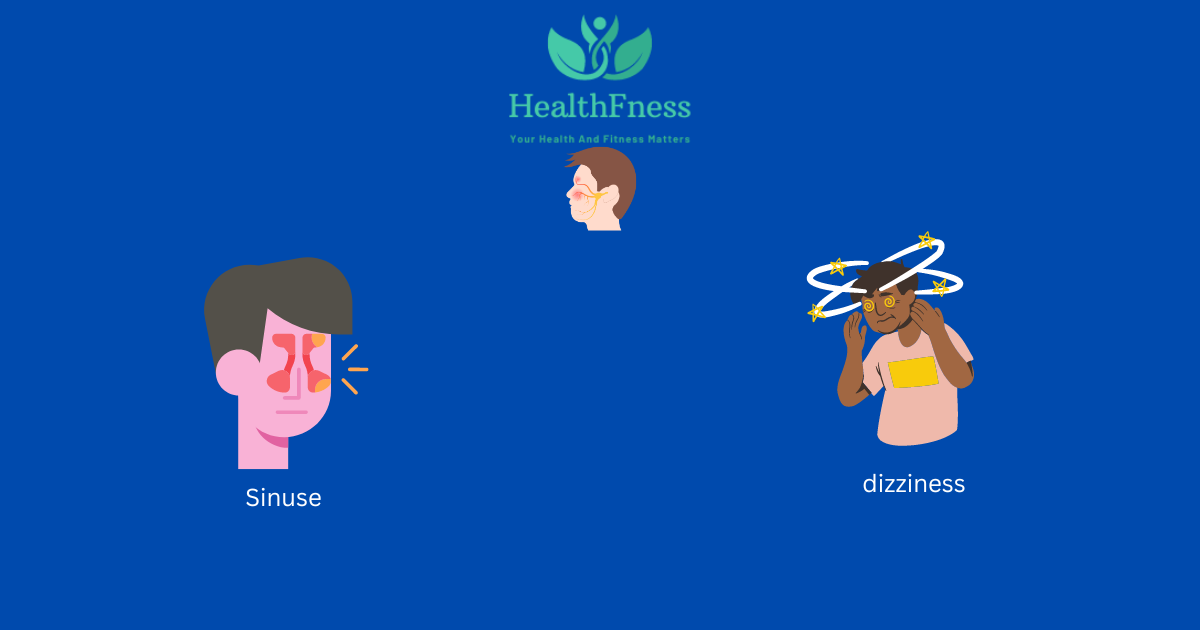12+ Plaque Scraping Tips For A Cleaner Smile
The pursuit of a cleaner smile is a journey that many of us embark on, and one crucial step in this journey is plaque scraping. Plaque, a sticky film of bacteria, can lead to cavities, gum disease, and a host of other dental Issues if not properly managed. In this comprehensive guide, we’ll delve into the world of plaque scraping, exploring not just the tips and techniques but also the underlying principles and the broader dental health context.
Understanding Plaque
Before we dive into the tips for plaque scraping, it’s essential to understand what plaque is and why it’s a concern. Plaque is a biofilm or mass of bacteria that grows on surfaces within the mouth. It is a sticky, colorless deposit on teeth in which bacteria proliferate. If not removed regularly, plaque can lead to tartar (calculus) formation, which is a hardened, calcified version of plaque that requires professional cleaning for removal.
Importance of Plaque Removal
The removal of plaque is critical for preventing dental diseases. When plaque is not removed, it can lead to inflammation of the gums (gingivitis), which is the earliest stage of gum disease. Gingivitis can progress to periodontitis, a more serious infection that damages the soft tissue and, without treatment, can destroy the bone that supports your teeth, leading to tooth loss.
Plaque Scraping Techniques
Here are some tips and techniques for effective plaque scraping:
Regular Dental Check-Ups: While not a direct plaque scraping technique, regular dental visits are crucial. Dentists or hygienists can remove plaque and tartar both above and below the gum line during a professional cleaning, helping prevent dental problems.
Use of Dental Picks: Interdental cleaners or dental picks can be used to remove plaque from between the teeth, where a toothbrush cannot reach. This is especially useful for preventing interdental plaque buildup.
Water Flossers: Water flossers are highly effective in removing plaque, especially for those with tightly spaced teeth or orthodontic appliances. They work by shooting a stream of water to dislodge plaque and food particles.
Electric Toothbrushes: Many electric toothbrushes come with specialized modes for plaque control. They can be more effective than manual toothbrushes at removing plaque, especially in areas that are hard to reach.
Tongue Scraping: While not directly related to plaque scraping on teeth, removing bacteria from the tongue (where plaque can also accumulate) can reduce overall bacteria in the mouth and freshen breath.
Dietary Changes: Reducing sugar intake can significantly reduce the formation of plaque, as bacteria in the plaque feed on sugars to produce acids that lead to tooth decay.
Flossing: Daily flossing is one of the most effective ways to remove plaque from between the teeth and under the gumline, where a toothbrush cannot reach.
Mouthwash: Using a mouthwash can help kill bacteria and reduce plaque. There are different types of mouthwashes for different needs, including those that specifically target plaque.
Oral Irrigators: Similar to water flossers, oral irrigators can be used to remove plaque and debris from teeth and below the gum line.
Regular Brushing: Brushing your teeth at least twice a day with a fluoride toothpaste is essential for removing plaque. Pay special attention to areas where the teeth and gums meet.
Dental Mirrors: Using a dental mirror can help you see the areas of your mouth that are harder to inspect, allowing for more thorough plaque removal.
Sugar-Free Gum: Chewing sugar-free gum after meals can stimulate saliva production, which helps neutralize acids and remineralize teeth, making it harder for plaque to form.
Avoiding Tobacco: Tobacco use can lead to an increased buildup of plaque and tartar on the teeth, making it harder to maintain good oral hygiene.
Observing Plaque: Using plaque-disclosing tablets or solutions can temporarily stain plaque, making it visible and easier to identify areas that need more attention during cleaning.
Conclusion
Plaque scraping is a critical component of oral hygiene that, when done correctly and consistently, can significantly reduce the risk of dental diseases. By combining the tips and techniques outlined above with regular dental check-ups and a commitment to overall health, individuals can enjoy a cleaner, healthier smile. Remember, the battle against plaque is ongoing, but with the right strategies and tools, it’s a battle that can be won.
FAQ Section
What is the best way to remove plaque from teeth?
+The best way to remove plaque from teeth involves a combination of regular brushing, flossing, and professional dental cleanings. Using an electric toothbrush, water flosser, and occasionally a mouthwash can also be effective.
How often should I visit the dentist for plaque removal?
+Regular dental visits are recommended every 6 months for most adults. However, the frequency may vary based on individual oral health needs and risk factors for dental diseases.
Is plaque removal painful?
+Plaque removal itself is typically not painful. However, if plaque has led to gum disease or other issues, the process of cleaning or treating these conditions might cause some discomfort.
Can I remove plaque at home?
+Yes, you can remove plaque at home through regular brushing, flossing, and the use of mouthwashes. However, tartar, which is hardened plaque, can only be removed by a dental professional.
What are the consequences of not removing plaque?
+Failing to remove plaque can lead to gingivitis, periodontitis, and eventually tooth loss. It can also contribute to bad breath, gum recession, and increased sensitivity of the teeth.
